
A platform that encourages healthy conversation, spiritual support, growth and fellowship

NOLACatholic Parenting Podcast
A natural progression of our weekly column in the Clarion Herald and blog

The best in Catholic news and inspiration - wherever you are!
Pastor's 1859 watercolors bring St. Charles Borromeo into focus
-
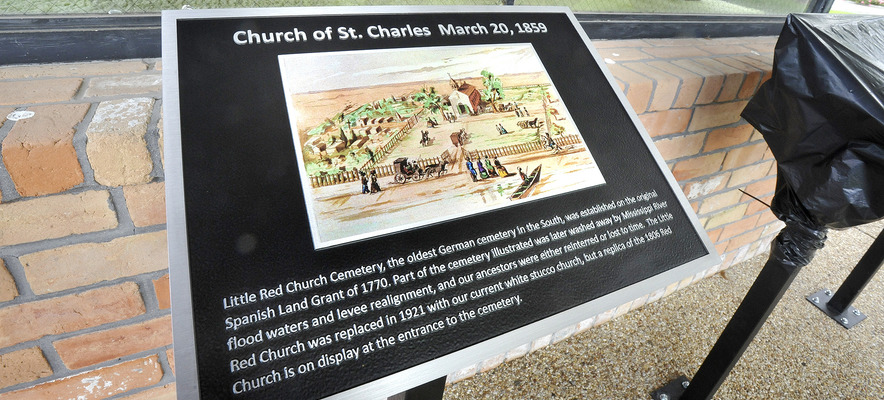
By Peter Finney Jr.
Clarion Herald
Preparing for significant anniversaries usually involves peeking under every rock for historic mementos to mark the occasion. The committee of parishioner volunteers planning the 300th anniversary celebration in November for St. Charles Borromeo Parish in Destrehan has done just that.With an eye toward preserving and promoting its history as the second-oldest parish in the Archdiocese of New Orleans – St. Charles Borromeo was founded in 1723, just five years after St. Louis Cathedral – the parish has installed 10 historical plaques that are colorized, metallic reproductions of mid-19th century watercolors of parish and agricultural life painted by Father Joseph Michel Paret, beginning in 1859.
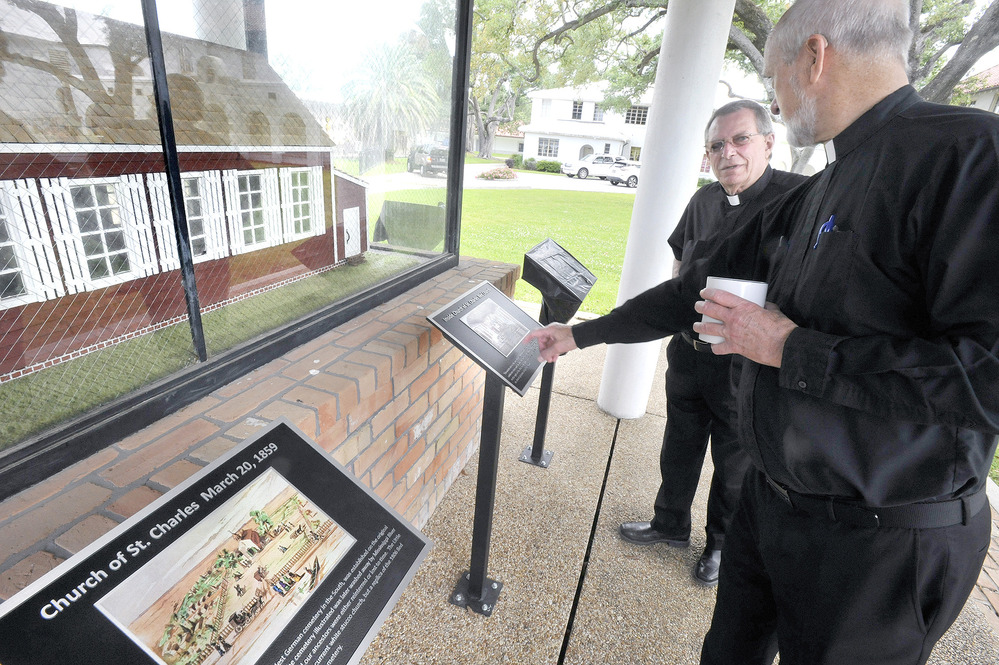
Pre-Civil War slice of life
Father Paret’s watercolors include interior and exterior representations of “The Little Red Church” and life along the German Coast of the Mississippi River before the Civil War.The missionary priest from Pélussin, France, served as pastor of St. Charles Borromeo from 1847 to 1869, and he was an accomplished artist who also wrote letters to his family and kept a private journal about his pastorate, sometimes complaining that his rich sugar plantation-owner parishioners rarely attended Mass while the enslaved who worked the fields were there every Sunday.
Paintings found in attic
When Father Paret returned to France in 1869, he took his sketches and journals with him, and they remained in a chest, unnoticed, until, in 1987, French historian Marcel Boyer and Louisiana-based researcher Bob Landry began corresponding about their existence.Fifty-three sketches were discovered in an attic, with at least two bearing the date 1859. Of the 53, LSU Press reproduced 28 in a 2002 book, “Plantations by the River.”
“Father Paret lived through the rise of the great sugar plantations and the degradation of the Civil War,” wrote Mary Louise Christovich of the Kemper and Leila Williams Foundation. “Father Paret’s drawings captured many edifices with all their support buildings, tools of daily life, and a keen suggestion of trees and plant materials. Most of these buildings, gardens and divisions of work spaces did not survive the Civil War or man’s and nature’s destructiveness, underscoring the importance of these depictions.”
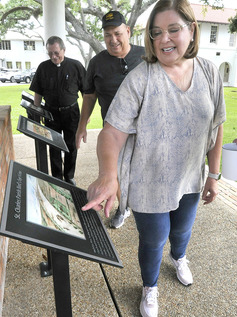 Mary Schmidt, the former principal of St. Charles Borromeo School who is co-chair of the 300th anniversary historical committee, said the portraits will provide a time capsule for current and future parishioners. Father Paret’s “overhead” sketch of the Little Red Church, with parishioners arriving on foot or by horse and buggy, is drawn from the perspective of a modern-day drone.
Mary Schmidt, the former principal of St. Charles Borromeo School who is co-chair of the 300th anniversary historical committee, said the portraits will provide a time capsule for current and future parishioners. Father Paret’s “overhead” sketch of the Little Red Church, with parishioners arriving on foot or by horse and buggy, is drawn from the perspective of a modern-day drone.“This is what the Little Red Church looked like, and you can see that folks came from across the river to get to church,” Schmidt said. “The treasure to historians is the details in those pictures because you see what people are doing, what they look like and what was important to their culture.”
The historic plaques encircle a model of the original Little Red Church, located to the left of the current church. The plaques were unveiled and blessed by Father Dominic “Mixie” Arcuri, St. Charles Borromeo’s pastor, on April 22.
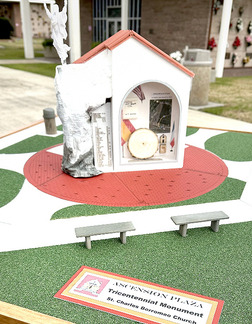 ‘Ascension Plaza’ planned
‘Ascension Plaza’ planned
Father Arcuri also blessed a site near the parish cemetery that will be transformed into a tricentennial commemorative memorial called “Ascension Plaza,” scheduled to be completed in advance of the parish’s Tricentennial Mass on Nov. 4.Historic committee chairman Hank St. Pierre said the memorial, designed by parishioner architect John Campo, will represent the parish’s first 300 years as well as the pastors who served there.
Three, 100-year sections of laser-inscribed bricks will create a parish timeline, and there is room in other sections of brick to tell the story of future centuries.
The focus of the memorial will be a chapel-like structure with a white marble figure of Jesus ascending into heaven from the clouds. Ascension Plaza will be built on the site of a centuries-old, historic landmark oak tree that was felled during a hurricane.
Administrative assistant Ronald Rodrigue had the foresight to save a huge chunk of the tree, and it will be crafted into a disk that will have the parish’s timeline inscribed on its rings.
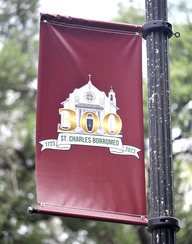
The major upcoming celebration will be a Tricentennial Mass celebrated by Archbishop Gregory Aymond on Saturday, Nov. 4, at 11 a.m. (a change from the previously announced time). All priests who have served at St. Charles Borromeo are invited to concelebrate.
[email protected]




